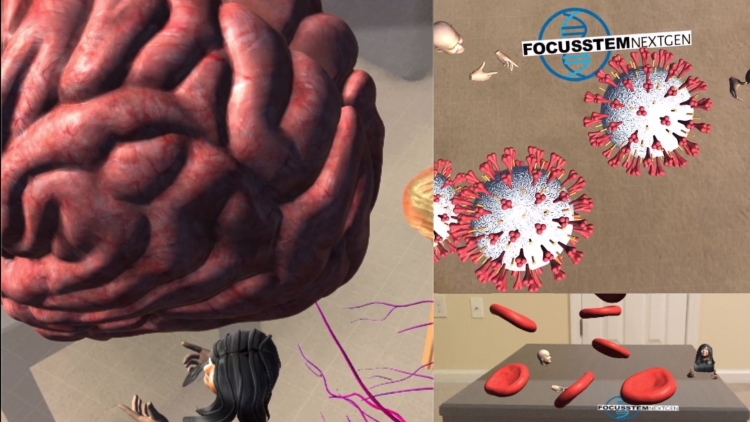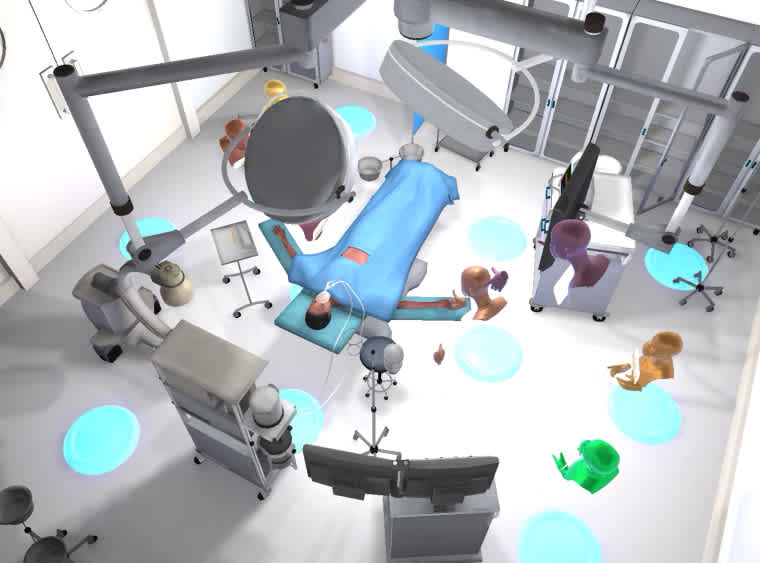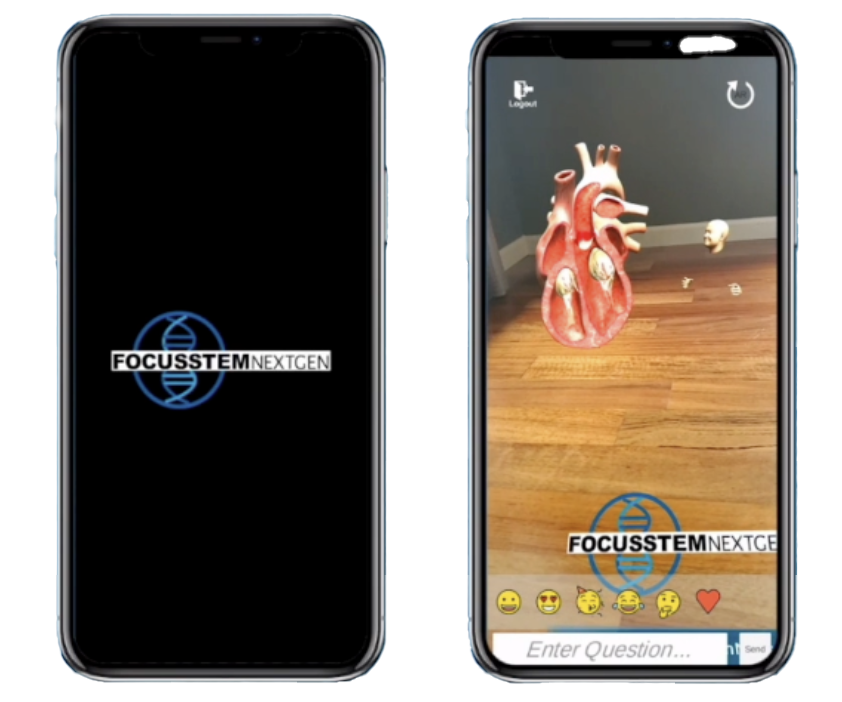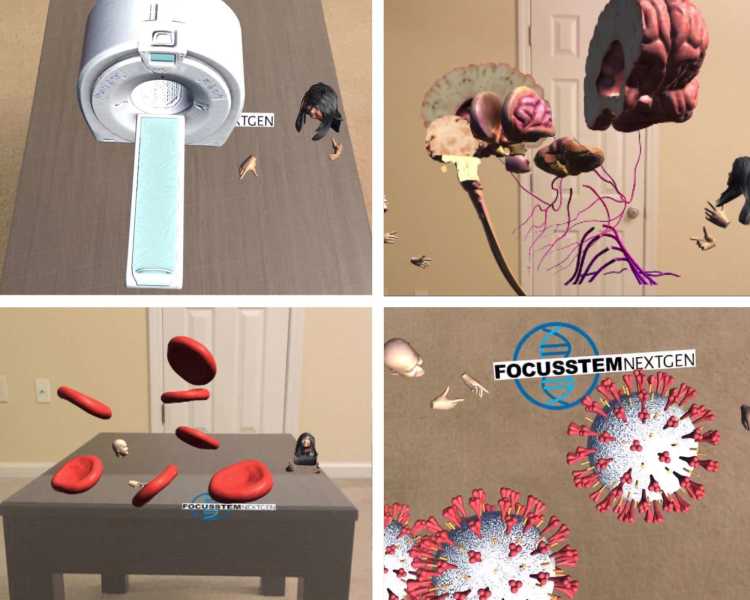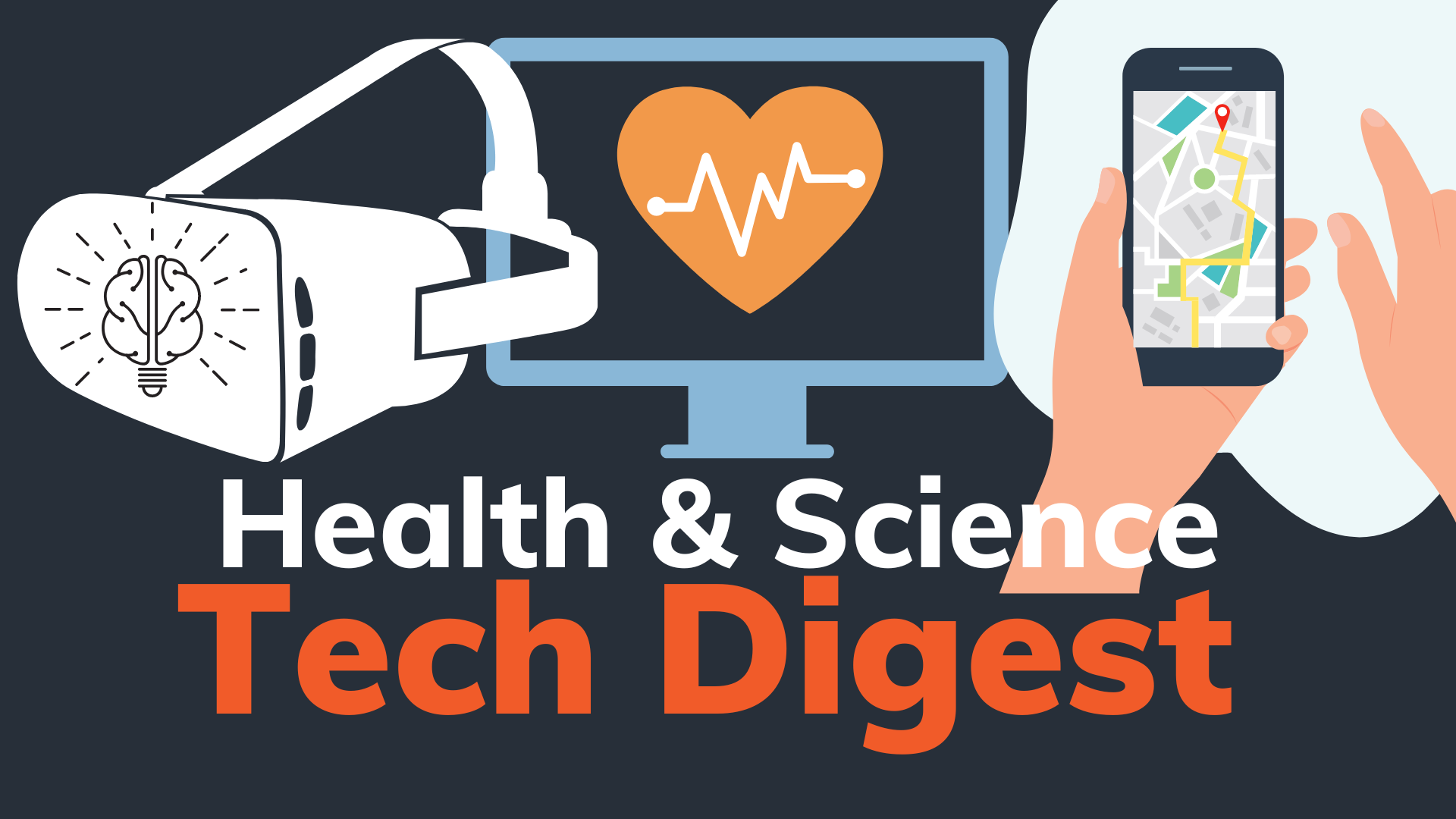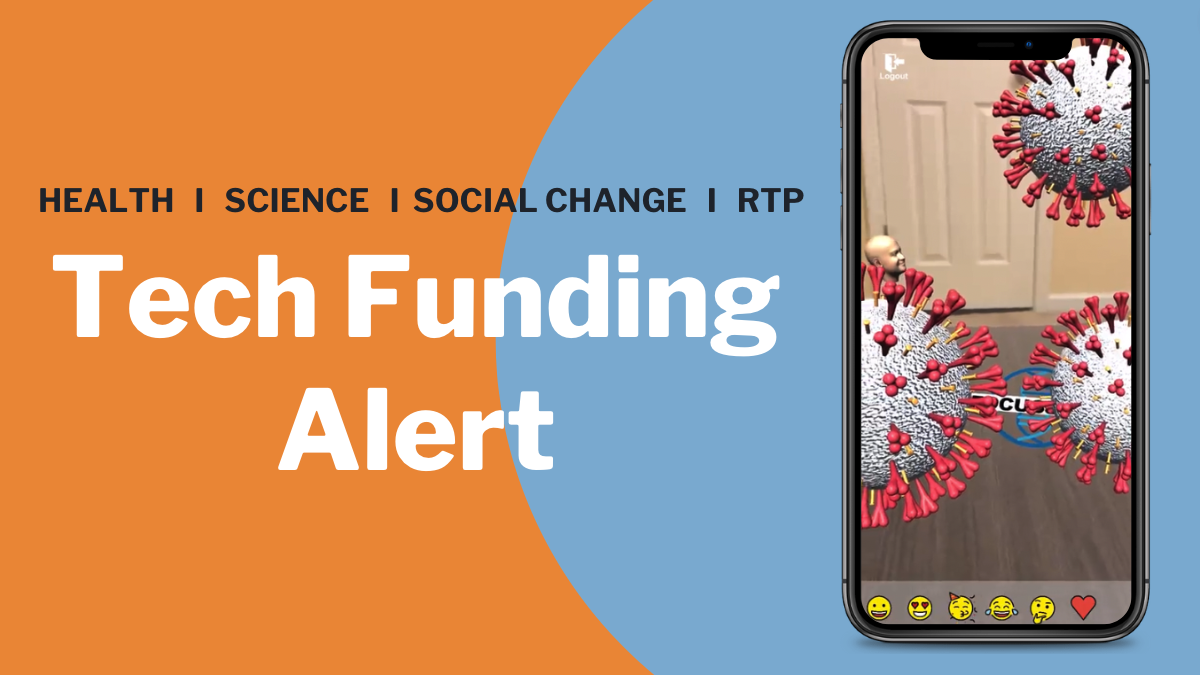Diversity in science, technology, engineering, and math (STEM) careers continue to see uneven progress, highlighting the underrepresentation of black and hispanic workers, and women in STEM. For the past two years, FocuSStem NextGen and the Karmanos Cancer Institute have partnered with CrossComm to create innovative ways to expose underrepresented students to STEM. In 2020, the team developed several virtual reality (VR) environments consisting of a research lab, ICU, and operating room, allowing for young participants to be transported into realistic medical and research scenarios. In 2021, we were challenged by Dr. Elisabeth Heath at Karmanos to move the needle further by expanding immersive technology so that it could reach students with little or no wifi or high-speed internet access.
How Augmented and Virtual Reality Can Bridge the Digital Divide in STEM Education
The Operating Room of FocusStem's 2020 VR learning environment
The Digital Divide
An unfortunate subset of children in America have limited wifi connectivity and these disparities are strongly associated with socioeconomic status and racial-ethnic identity. Likewise, children living in rural areas have poor home connectivity due to less-than-ideal infrastrastructure, with only 47% in some areas having any high-speed internet at all.
Research shows that barriers to internet access can greatly impact academic and career success, and the digital divide is even more pressing today. During the Covid-19 pandemic, classrooms pivoted to remote learning environments, with video conferencing requiring higher bandwidth. Those with inadequate access, and limited connection, were at a disadvantage for academic success overall, let alone STEM engagement.
Building an Immersive Bridge Across the Divide
FocuSStem and CrossComm sought to provide a way for students to engage in immersive learning about STEM, despite wifi limitations or the lack of a headset. In an interview with PBS, our CEO, Don Shin, discussed how the pandemic has been a catalyst in accelerating the adoption of immersive technologies, such as augmented reality (AR), virtual reality, and XR ( a combination of AR and VR). For FocuSStem, he envisioned an application that could provide an educational experience in a virtual world, without the technological barriers to participate.
In brainstorming paths to bridge the digital divide, we identified cellular connection as an alternative to wifi-based internet access that could be maximized to build excitement around STEM topics — especially through an XR platform. The CrossComm team developed a collaborative virtual space where doctors and scientists could present in VR while students could view the presentation through their own cell phones via AR.
FocusStem AR app for 2021 Summit
FocuSStem NextGen Virtual Summit
CrossComm launched the XR application with FocusStem as part of a virtual summit held on July 17, 2021. The Summit convened the nation’s leading technologists, cancer physicians, and researchers to discuss STEM career pathways. Moderated by Dr. Heath from Karmanos, a special session of the summit showcased presentations from experts in medical science, including an oncologist, epidemiologist, hematologist, and neurosurgeon. As the presenters spoke, Don and Dr. Heath stood on a VR stage (as 3D avatars) and cycled through topic-related 3D objects and models, including a heart, an MRI machine, the coronavirus, red blood cells, and the brain.
FocusSTEM Summit recap
Students could follow along through a free mobile app built by CrossComm, allowing them to explore the 3D objects from home through AR. In other words, the app was able to identify a user’s spatial surroundings and project the simulated 3D objects into their real-world environment. Just like with real objects, students could move closer to the virtual objects, or even circle around them for closer inspection.
The app also allowed students to interact with presenters by typing questions or sharing emojis that Don and Dr. Heath could instantly see, and respond to, while in virtual reality. We think that providing this level of interactivity and immersion, all through a mobile phone, creates exciting opportunities for accessible STEM education that could also be applied to other subjects and areas as well.
Don’s Reflections on the "T" in STEM
Perhaps the best way to capture the importance of this project to CrossComm is through the words of Don himself. In a keynote at the FocuSStem Virtual Summit, he reflected on his own childhood experiences that led to his passion for tech:
“The best gift my parents gave me as a child, actually for all the kids in my family, was a personal computer, starting with an Apple IIe. It was something that we were all able to tinker around and play around with, and that really kind of spurred my love for technology and for computers.”
Don continued by emphasizing his belief in the necessity of creating better pathways for students to experience and engage with the T in STEM:
“I really profoundly believe that access to technology at an early age is a huge part of allowing someone to be able to get interested, to be able to keep up with its constant and quick evolution over time. Especially with the way the world is moving towards an information economy, and the way that computers have been able to transform every industry under the sun, it’s important that every young person have a baseline fluency, as well as a familiarity with the potential of what technology can do. Even if they choose not to have a career in a STEM field, they can be able to leverage that potential when they do enter their career vertical.”
Don Shin's Keynote Address
CrossComm is dedicated to developing innovative and impactful experiences in AR/VR/XR that inspire and educate people of all generations. If you'd like to create an immersive learning app with us, we welcome your email at hello@crosscomm.com.
